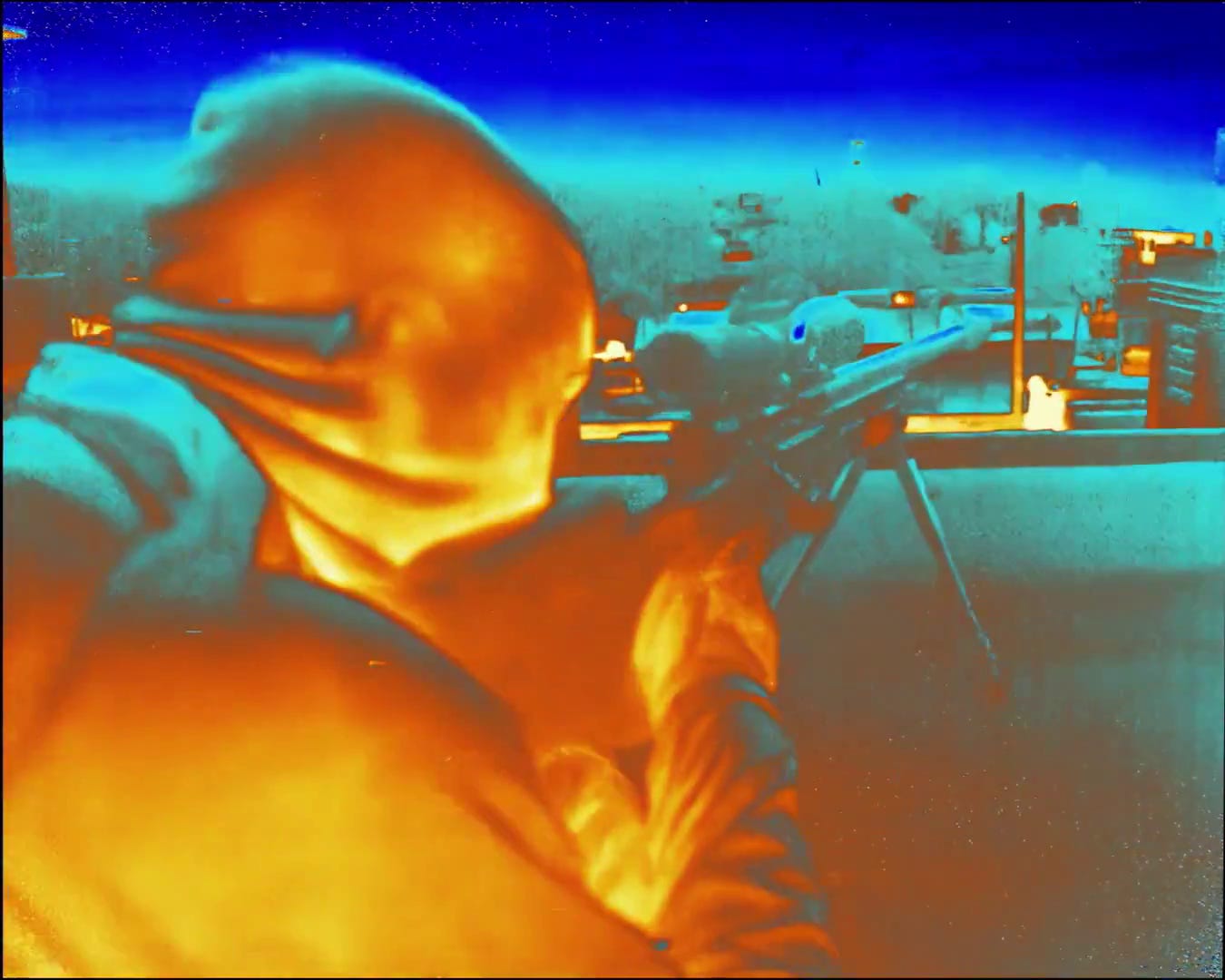Louis Lumière is said to have called cinema “an invention without a future” and it made sense for a long time to recall this prediction for a quirky, ironic chuckle. Wow, did movies have a future after all or what? But is cinema by now, almost 130 years after the alleged statement, finally an invention without a future? There were a few onerous generations of handwringing there about the DEATH of cinema, but what if it makes sense by this point to simply talk about—not death—but its DIFFUSIONS and DISPERSALS? If it made sense once to think of cinema, however defined, as a paradigmatic and discrete form with a special cultural legibility, it seems clearly as though some of the spirit of that visible dominance has sped elsewhere, to other things. There’s something left, sure, even more than something. There are practices and institutions. Cinema goes on. But it isn’t what it was, and if you can weave continuities from Then to Now, you’re still left with contextual chasms. Perhaps cinema was just an “entr’acte,” or perhaps it wasn’t; that’s beside the point. The point is that it doesn’t make a lot of sense to talk about cinema’s future paths in a way that ignores its evanescence. We’ll do well to embrace of some kind of wabi-sabi principle as long as we don’t cover over that appreciation of transcience with a myth of smooth continuity (i.e., film, or all a/v material, as mere “content” provided to us forever through “information”).
But talk of a conceptual death of a medium can quickly become stultifying. More interesting than the singular death of cinema-in-general are the multiple lives of various examples of cinema. I have already said in a previous installment that I don’t keep up much with contemporary film. Too many movies seem content, aesthetically, to do nothing more than approximate a vibe, a look, or a tone from some other source. “Vibe cinema” now is BORING … usually. However, I am not against referential-collage-mashup cinema as a general principle, it’s exciting when a new film seems to capture or respond to something about the elusive realities of people’s existence in a way that only a film that knows the present moment might. Probably a lot of you reading this are already well aware of the films I’m going to talk about, but if any of the below is useful to you—terrific.
Radu Jude’s Do Not Expect Too Much from the End of the World (2023) strikes me as a total masterpiece, and one of its many charms is how rough and fragmented it is, as in textured, as in, this is a film that uses its heterogeneous media styles and artifacts in a way that reflects something about our world. It follows a sleep-deprived production assistant, Angela, played by Ilinca Manolache, as she drives around Bucharest running various errands for her company. She interviews prospective subjects for a corporate safety video (which is meant to spin attention away from any company complicity or responsibility in workplace accidents). In her snippets of spare time, Angela posts vulgar, parodic videos of herself on social media with a face filter, emulating (I think) the misogynistic weirdo Andrew Tate. Most of the straight “action” in the film is shot in a contrasty black-and-white, but the social media videos, among a couple other sections, are in color. And to top this off, Do Not Expect Too Much from the End of the World cuts in throughout its runtime color footage from a 1981 Romanian film, Angela merge mai departe, about a woman taxi driver, whose journeys echo and play off of those of Manolache’s Angela in some oblique ways.
This description barely scratches the surface, and really you should just watch the film if you haven’t, but I mention all this to give a sense of the visual and intellectual richness at play. Now, any dummy can simply reference a bunch of stuff in their artwork; the talent comes in building resonances, patterns, and lenses through this referential structure. Jude has achieved this in a really impressive way, and—I’m being very general here because I’ve only watched the film once, not studied or explored it—I think it demonstrates something about what it means for people to be people today, in Romania but also probably all over in other places too, what it means to be exhausted, to be compromised, to be precariously employed, to laugh (an important one), perhaps even to have awareness (or not) of the past and what aspects of those lost worlds are still available (or not) to you, anyway.
In totally different ways, I’m convinced that Harmony Korine’s divisive Aggro Dr1ft (2023) also uses its mash-up construction to express a certain sort of dead end for 21st century subjecthood. It’s a movie about an assassin, the world’s “best,” ruminating on his profession and his yearnings as he moves inexorably closer to confrontation with a rival. Restricted to adolescent fantasies of domination, revenge, or “love,” the characters in this film all feel like video game figures, even NPCs/bots, just spewing scripted clichés and making gestures and wandering around repetitively, aimlessly. It’s a weird movie that makes no enticements to those resistant to it.
Shot on high-resolution infrared cameras and then toyed with for color and visual effects, Aggro Dr1ft stretches out for its full 80 minutes a “look” that would pass as a brief visual stunt in most other movies. Korine and his collaborators explicitly emulated video game style: figures moving and gesturing (like Fortnite “emotes”), scenes and dialogue that play out with the stilted rhythms of cinematic cutscenes. (You don’t have to know much about video games to appreciate all this; I’m not a gamer at all.) Additionally, various CGI effects overlay the images throughout, providing constantly-shifting visual texture and information. I’ve seen some people report that this is exhausting, and that even if they didn’t hate the movie, they never want to watch it again. That sounds fair to me, and I also wouldn’t blame anyone who tapped out because the movie is so steeped in puerile, linear, violent idiocy. I think that Aggro Dr1ft does this intentionally as part of a larger aesthetic strategy but I wouldn’t begrudge someone their revulsion. Nonetheless, I was mesmerized, and I don’t think it was solely because I watched the film during a stretch of insomnia that its hypnagogic charms worked. I was oddly moved by the way the storyline deploys its pathos—like it’s a diagram mapping out, I don’t know, a link between arrested development and the allure of The Image in the Age of [Whatever]. The movie’s real pathos comes from the way that its diegetic pathos fails miserably.
Maybe it’s depressing that even some of the richest films of our moment offer such bleak pictures of reality. I’m encouraged, at least, that they offer something to let us see under the hood, to see how things work—not just about sounds and images but about our behaviors and feelings and perceptions. Or maybe another way of approaching the issue is to say that audiovisual composting remains an important part of our future.
“Pseudo-cyclical time leans on the natural remains of cyclical time and also uses it to compose new homologous combinations: day and night, work and weekly rest, the recurrence of vacations.” (Guy Debord)





I was rather cynical about AGRRO DR1FT till I actually watched it. It's way more seductive and mysterious than I ever expected - I thought it'd be an action movie set to wall-to-wall hip-hop. (The dumbed-down dialogue does remind me of "lyrics are an afterthought, vibes are all" trap music.) Have you seen THE HUMAN SURGE 3? It's more optimistic and much less referential than the 2 films you wrote about, but it also draws from video games and Google Earth images. It'd be a great double bill with AGGRO DR1FT.